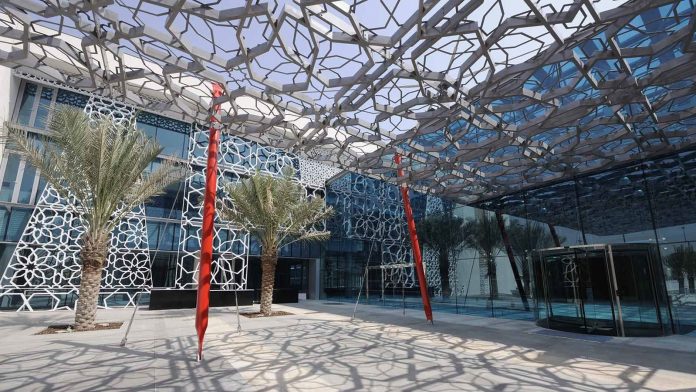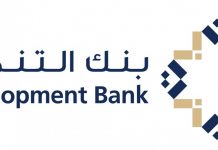-
According to the latest report by Moody’s Bank Muscat is best positioned among local banks to weather the tight liquidity conditions
-
Bank Muscat exhibits distinctive funding and liquidity features
-
Smaller banks to bear the brunt of funding squeeze
Funding & Liquidity in Oman to Remain Tight
Over the next 12 to 18 months, as Oman’s robust private sector credit growth and government borrowing exceed deposit growth, Moody’s expects funding and liquidity to remain tight.
Despite the rise in oil prices, it still remains below fiscal break-even estimated at around US $85 (Moody’s expects oil prices to range between $50 and $70 in the medium-term). Thus in turn constraining government finances, reported the credit rating company. While project financing, mortgage demand and corporate expansion are diving growth in lending, deposits are expected to lag since they are primarily sourced from the government.
Oman banks to manage liquidity in various ways; reliance on capital market funding to remain modest
According to the Moody’s report, banks in Oman are expected to address liquidity constraints by paying more for local deposits; increase their lending rates; as well as raise US dollar funding.
The major brunt of the liquidity squeeze will be felt by the smaller Omani banks with limited access to deposits. However, even if their costs rise, their healthy profitability will provide a buffer against losses.

Bank Muscat best positioned to weather tight liquidity
Moody’s reiterated that some banks such as Bank Muscat will ‘exhibit distinctive funding and liquidity features’ and is the best positioned among local banks to weather the tight liquidity.
Thanks to its large branch network (169 branches), geographical reach, and local market expertise, the bank enjoys a large deposit market share of 36 per cent. The report also stated that Bank Muscat has superior access to international capital markets than the other local banks.
HSBC Bank Oman (HBON) and Oman Arab Bank (OAB) are among other banks in Oman with stronger than average funding and liquidity.

‘HBON’s strong liquidity reflects its large low-cost deposit base. OAB’s solid funding reflects its conservative liquidity management, with a less intensive balance sheet usage than peers. At end-2018, HBON and OAB had loan to deposit ratios of 72% and 98% respectively (105% local average). Both banks exhibit lower-than-average market funding reliance, at 2.7% for HBON and 1.6% for OAB, compared with the 11.1% system average.’
HBON benefits from a large share of low-cost current and saving accounts (70% of deposits) and higher liquidity than peers, with a liquid assets to tangible banking assets ratio at 38.2% (22.2% system average).
Read more:







[…] READ: Bank Muscat best positioned to weather tight liquidity conditions: Moody’s […]